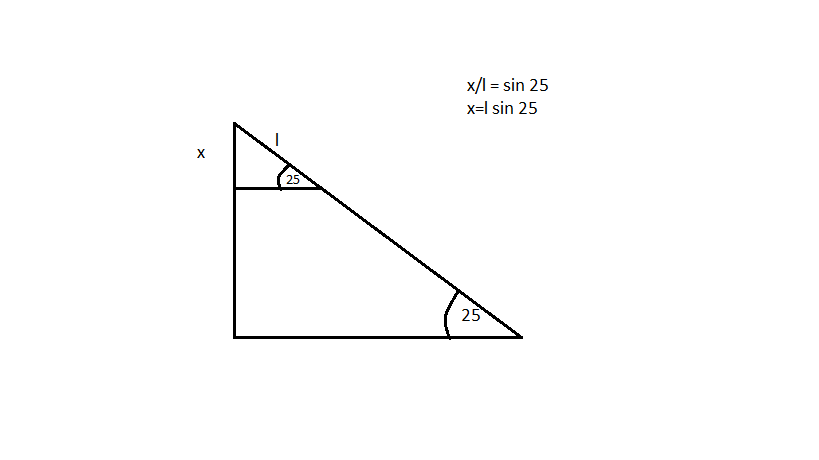A 2.2 kg block starts from rest on a rough inclined plane that makes an angle 25^@ with the horizontal. The coefficient of kinetic friction is 0.25. As the block goes 2 m down the plane, the mechanical energy of the Earth-block system changes by ?
1 Answer
Explanation:
Here,value of maximum frictional force acting is
So,work done by frictional force is
So,the this amount of energy will be lost from the total energy of the system.
Alternatively,
Suppose,energy lost due to frictional force is
So,we can write,total energy

Now.total energy
Now,if at the final point it gains a velocity of
Here,
Putting the values we get,
So,kinetic energy at final point =
So,energy lost due to frictional force is

